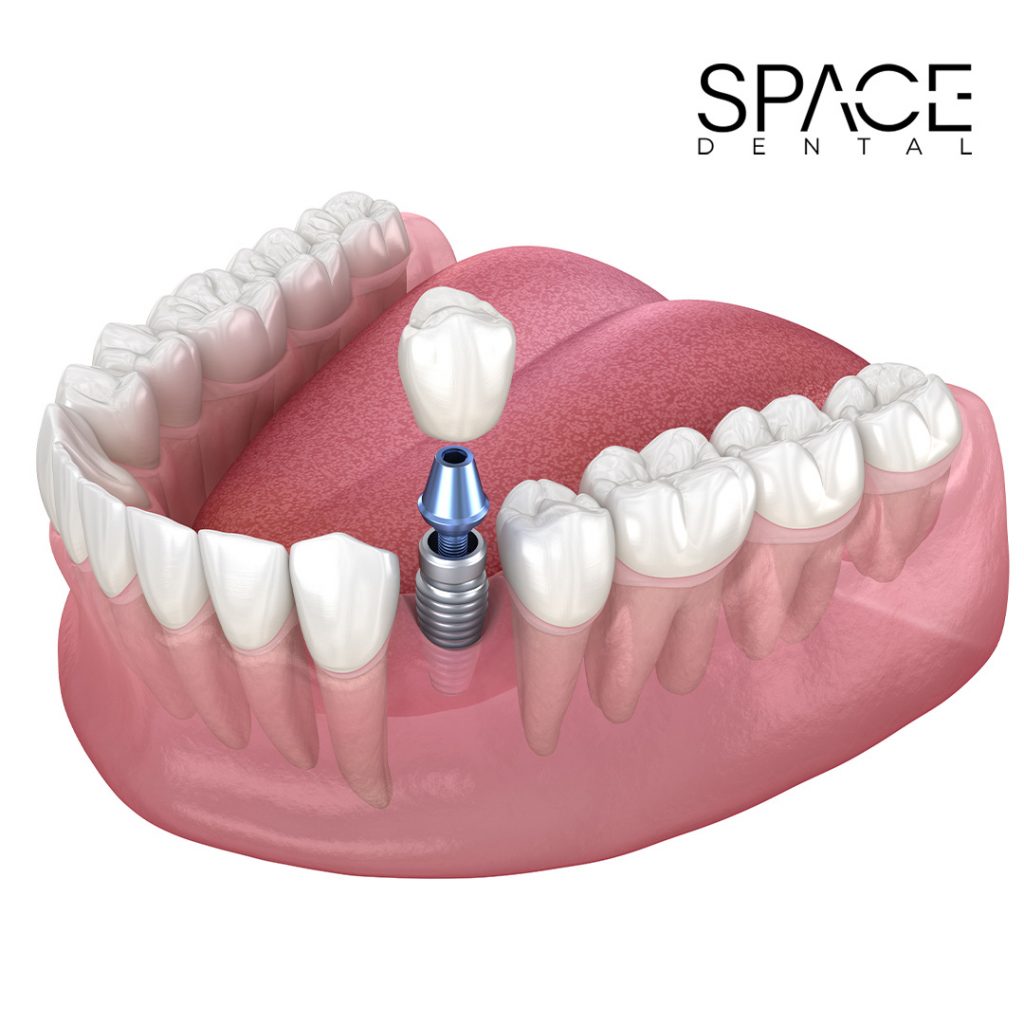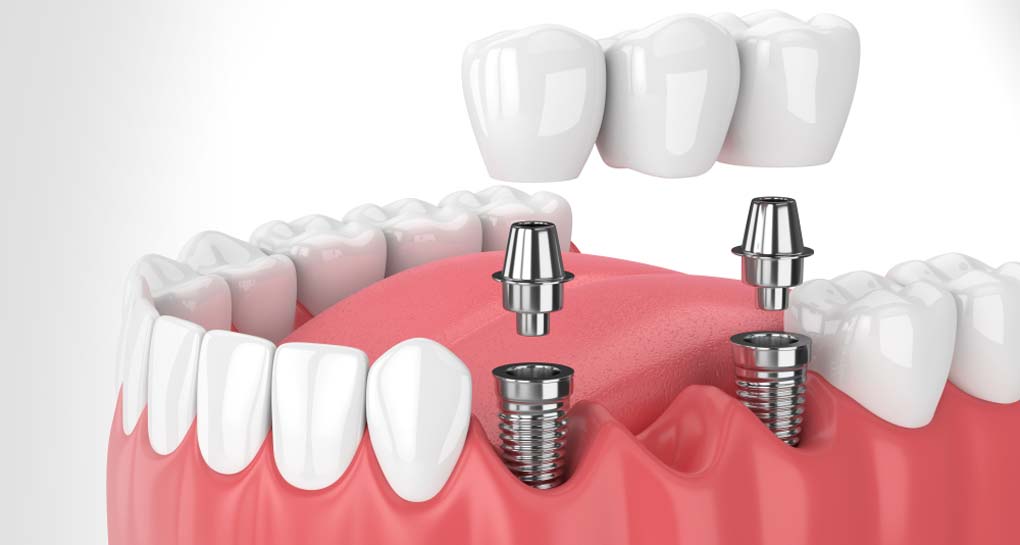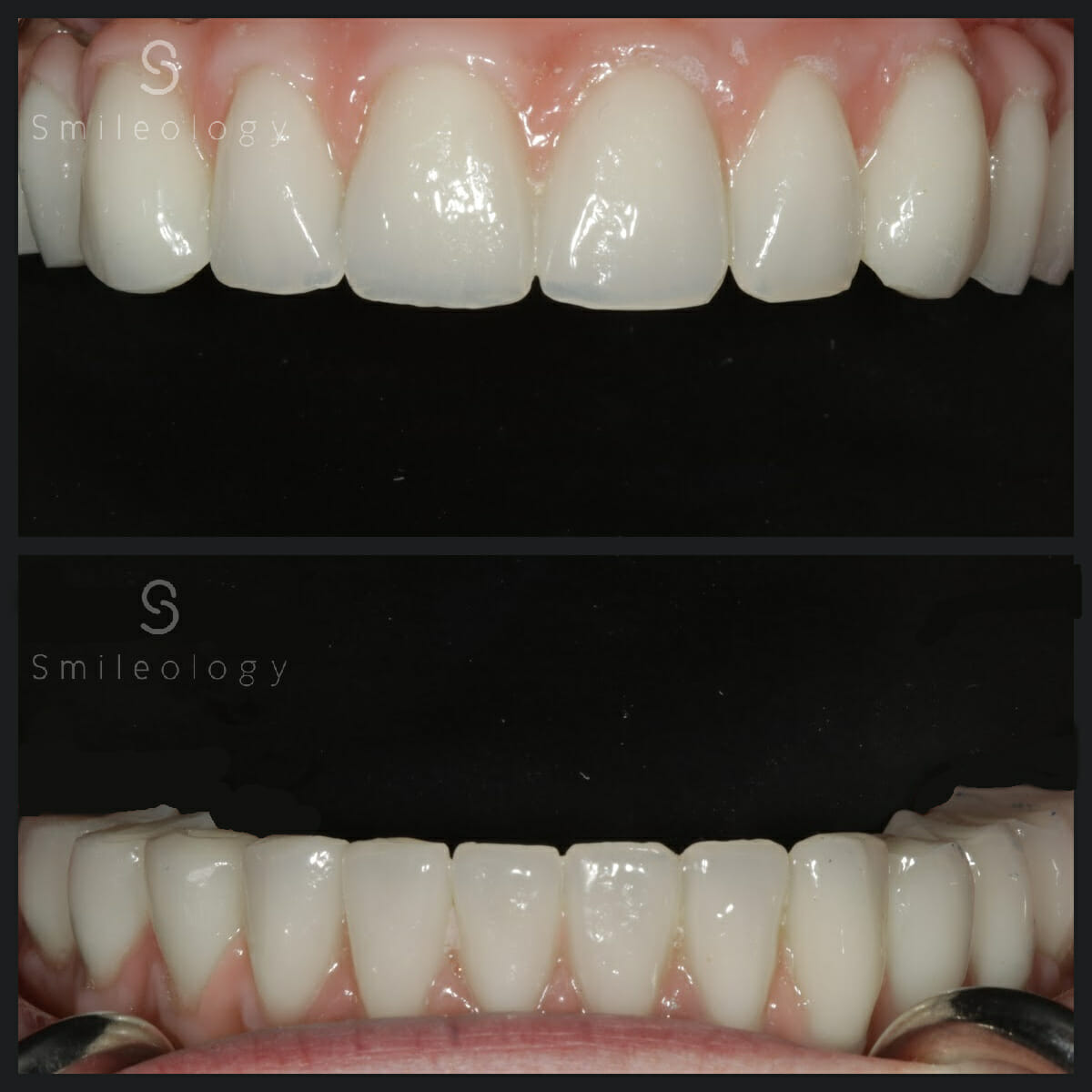Discover Quality in Dental Implants Kent: Smile With Confidence
Discover Quality in Dental Implants Kent: Smile With Confidence
Blog Article
Experience the current Technologies in Dental Implants Modern Technology
As the field of dental care continues to evolve, the improvements in dental implant modern technology have actually been nothing except impressive. From using sophisticated materials that enhance longevity to the implementation of digital imaging for accurate placement, these developments are changing the landscape of oral treatment. With minimally intrusive surgical methods and the personalization abilities of 3D printing, patients currently have accessibility to tailored remedies that were once unbelievable. Furthermore, the combination of technology is changing the capability of dental implants, promising boosted end results and patient contentment.
Advanced Products for Enhanced Resilience
In the realm of oral implants innovation, the combination of advanced products has actually considerably added to boosting toughness and durability of these essential oral prosthetics. The usage of products such as titanium alloys, zirconia, and ceramic compounds has changed the field by using increased resistance, biocompatibility, and stamina to corrosion.
Titanium alloys are extensively used in dental implants as a result of their phenomenal strength-to-weight proportion, deterioration resistance, and compatibility with the human body. These alloys make sure the stability and longevity of the dental implant by enduring the pressures exerted during eating and talking, offering a dependable option for clients looking for durable tooth replacements.
Zirconia, a kind of ceramic material, has actually obtained popularity for its biocompatibility and all-natural tooth-like appearance. Its high toughness and resistance to use make it a suitable option for dental crowns and bridges, boosting the overall aesthetic appeals and functionality of the implant.

Digital Imaging for Accurate Positioning
The advancement of dental implants modern technology has better advanced with the integration of electronic imaging techniques, guaranteeing exact positioning of these prosthetics for optimum practical and visual results. Digital imaging plays an important duty in the planning and placement of oral implants by providing thorough 3D pictures of the individual's jawbone framework. This innovation allows dental experts to analyze bone thickness, locate crucial structures, and prepare the precise placement and angle for implant placement with unparalleled accuracy.
By making use of digital imaging, dental practitioners can develop digital medical guides that act as a roadmap throughout the implant placement treatment. These overviews are customized for every person, thinking about their unique composition and the wanted outcome. This level of precision not only improves the success price of oral implant procedures but likewise decreases the risk of complications.
Furthermore, electronic imaging makes it possible for dental professionals to envision the last prosthetic restoration prior to the real placement of implants, permitting careful planning and making certain that the end result satisfies the patient's aesthetic expectations. Generally, the assimilation of digital imaging modern technology has actually reinvented the field of dental implants, offering people a more foreseeable, effective, and patient-specific treatment technique.

Minimally Invasive Surgical Techniques


Developments in medical strategies have actually led to see this here the growth of minimally invasive strategies in the area of dental implantology. These techniques aim to reduce trauma to the patient, reduce healing times, and boost overall treatment end results. Minimally intrusive medical treatments include smaller sized lacerations, specialized tools, and advanced imaging modern technologies to precisely place dental implants with very little disturbance to surrounding cells.
One secret facet of minimally intrusive techniques is making use of assisted surgical procedure, where 3D imaging and computer-aided style software are used to intend the implant placement with great accuracy. This permits a more predictable outcome and can usually remove the demand for comprehensive flap surgery.
Additionally, improvements in materials and dental implant design have actually additionally added to the success of minimally invasive methods. Implants with enhanced surface homes advertise much faster osseointegration, reducing the recovery time required before the prosthetic remediation can be positioned.
3D Printing for Customized Solutions
Utilizing 3D printing technology in dental find more information implantology enables the creation of highly customized services customized to individual patient needs and anatomical variants. This advanced technology allows oral specialists to make and make oral implants with outstanding precision and precision. By using digital imaging strategies, such as cone beam of light computed tomography (CBCT), comprehensive 3D versions of the individual's dental tooth cavity can be created to lead the dental implant intending procedure.
One of the essential benefits of 3D printing in dental implantology is the ability to create patient-specific implants that perfectly fit the unique makeup of each person. This individualized method assists boost the total success and durability of the dental implant by making certain ideal fit and positioning. In addition, 3D printing allows for the manufacturing of intricate geometries and intricate structures that would be difficult or tough to accomplish using conventional production methods.
Additionally, 3D printing technology makes it possible for dental practitioners to streamline the implantation process, lowering surgical treatment time and boosting total individual experience. With its ability to produce customized options rapidly and effectively, 3D printing is transforming the field of dental implantology, offering clients innovative therapy options and boosted end results.
Integrated Modern Technology for Improved Capability
Applying innovative innovation in oral implantology enhances capability and accuracy, raising the requirement of care for patients going through implant treatments. Integrated modern technology plays an essential role in boosting the total success and sturdiness of dental implants. One crucial improvement is the combination of digital scanning and imaging modern technologies, such as cone-beam computed tomography (CBCT) and intraoral scanners. These devices permit in-depth 3D imaging of the patient's oral frameworks, helping with specific treatment preparation and implant placement.
Furthermore, the combination of computer-aided style and computer-aided production (CAD/CAM) innovation allows the creation of custom-made dental implant remediations with phenomenal accuracy. CAD/CAM systems utilize digital perceptions to create prosthetics that flawlessly fit the patient's distinct composition, making sure optimum comfort and performance. Additionally, using robotic-assisted surgery in dental implant placement boosts precision and reduces the danger of human error.
Verdict
In final thought, the most up to date developments in dental implants innovation offer improved toughness via sophisticated materials, exact placement with digital imaging, minimally intrusive medical methods, personalized options with 3D printing, and enhanced functionality with integrated technology - Dental implants Kent. These developments in dental implants technology are transforming the field and giving people with even more efficient and efficient treatment options for recovering their smiles and oral health
The combination of technology is reinventing the functionality of oral implants, promising boosted outcomes and person contentment.
The development of oral implants innovation has actually even more progressed with the integration of electronic imaging techniques, making my response certain accurate positioning of these prosthetics for optimal practical and aesthetic end results. Minimally invasive medical procedures involve smaller incisions, specialized tools, and progressed imaging technologies to specifically position dental implants with marginal interruption to surrounding cells.
Carrying out sophisticated technology in dental implantology boosts capability and precision, boosting the standard of treatment for individuals undergoing dental implant treatments. Dental implants Kent. Integrated technology plays an essential duty in boosting the overall success and resilience of oral implants
Report this page